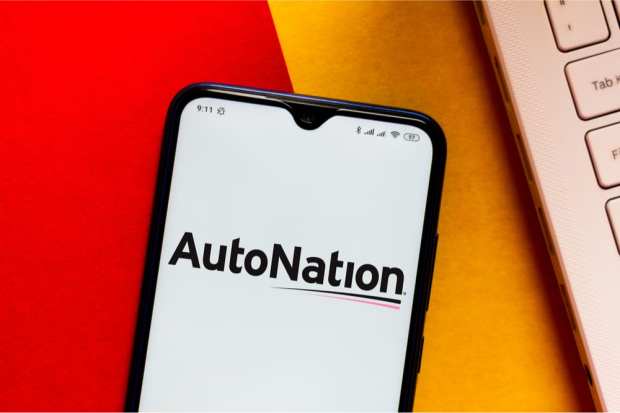AutoNation And The Revving Up Of The Ownership Economy

The ownership economy is going full throttle.
If the way we pay is changing, so too is what way we look for, select and ultimately own — and use on a daily basis.
Lest you think the change has been all about streaming media, about home delivery of meals and meal kits, of staying in … AutoNation’s results herald a pivot toward an age of personal mobility.
As in: wanting, and getting, the wheels you’d need to get around in a steel and glass bubble of sorts that sidesteps the train and the subway and even the Uber.
As reported Wednesday (Oct. 21), AutoNation posted third-quarter earnings of $2.05, up 86 percent year over year and leagues better than the $1.72 that had been expected. Revenues were down 1 percent year on year to $5.4 billion, topping the $5.2 billion that had been expected.
Drilling down into the numbers, the company said that same store new vehicles were down 3.5 percent in the quarter. But same store used vehicle sales were up 9.3 percent.
CEO Mike Jackson said on the conference call with analysts that AutoNation’s third quarter results “were the best ever in the company’s history.” He pointed to “solid demand and a strong pricing environment due to low interest rates and increased interest in vehicle ownership from consumers.” Higher demand and tight inventory should continue into the next year, he said.
The Individual Mobility Shift
“There has been a significant shift toward individual mobility as a result of the pandemic and shelter-in-place,” he said on the call. “This has increased demand across the board from pre-owned through new in every segment. This individual retail demand is lasting and will continue for the next several years.” AutoNation does not have the inventory on the new side or on the pre-owned side to meet the demand that’s out there, so the firms has adjusted pricing (upwards, that is).
And during the question-and-answer session, as regards digital fulfillment, the number is still relatively low for completely no-touch interactions between consumers and dealers (at retail locations). They are in the low single-digit percentages, according to management.
“That’s where the consumer is happiest,” said Jackson. “They want to choose to do as much as they want digitally, and then at a certain point they want to engage with a delivery center, or we deliver to the home.” As much as 45 percent of the business is originated through digital channels, and then there is a crossover. The company intends to build out an additional 100 U.S. stores, because, as Jackson said, “the customer wants a delivery center. They want a place to go to complete the transaction.”
AutoNation’s results shine a spotlight on the continued emergence of omnichannel activity as consumer become a bit more comfortable with finding what they need online, and then buying it in person. As PYMNTS found in recent research, with at least some indications of hybrid commerce, when it comes to retail shopping, roughly 84 percent say they will maintain at least some or possibly all of their newly-acquired digital shopping habits, while 16 percent will revert to their old, brick-and-mortar ways.
Also, in a world where even Netflix sees a slowdown in subscriber growth (and streaming and staying home are mainstays of pandemic life, yes, but perhaps less alluring than before), the ownership economy is “re-showing” green shoots.
In another example, Tiffany & Co. said preliminary results for August and September 2020 were positive. The company said that “positive sales trends are continuing in October.” Globally, eCommerce sales were roughly doubled from the prior year comparable two-month period, and are 13 percent of sales year to date.
Elsewhere in a high level view of the consumer’s willingness to take on new purchases (and, well, own things), banks reported card data and earnings that reflects that recent troughs are in the rearview mirror.
On the other side of the pandemic, might the trend, for consumers, be … keeping to, and for, oneself?
